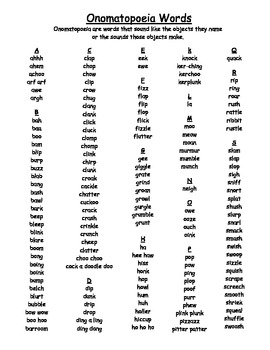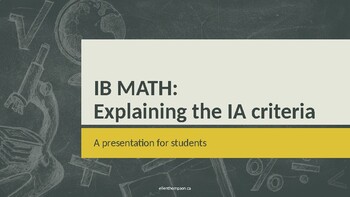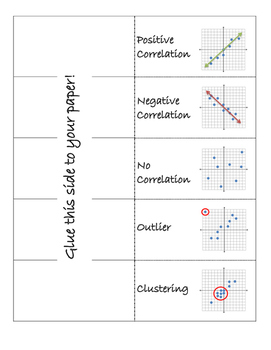
This time, it was not the same note an octave higher, but a different note, which needed to be renamed. He noticed that a new sound appeared, different from the previous one. He decided to try what the sound would look like if the string was divided into 3 parts: The sound produced was exactly the same, only higher (since it was the same note an octave higher): Pythagoras decided to divide this string into two parts and touched each end again. When we play this string, it vibrates (see the drawing below): Imagine a stretched rope, attached to its ends.

This we have just shown about octaves, he discovered while “playing” with a taut string. At that time, there was a man named Pythagoras who made very important discoveries for mathematics (and for music). Okay, so before we continue, let’s go back to the past, to Ancient Greece. We can then conclude that a note and its respective octave maintain a ratio of ½. If the goal was to lower an octave, it would be enough to divide it by 2. For example, the A note (440 Hz) multiplied by 2 = 880 Hz is also an A note, just one octave above. The A note, for example, corresponds to a frequency of 440 Hz.Īnd where does mathematics come into play here? It has been observed that when a frequency is multiplied by 2, the note remains the same. For each frequency, we have a different sound (a different note). If a sound wave completes 10 oscillations in 1 second, its frequency will be 10 Hz. If a sound wave completes one oscillation in 1 second, its frequency will be 1 Hz. Great, but what does that have to do with sound? Well, sound is a wave, and that wave oscillates with a certain frequency. If this wheel in our example completed 10 revolutions in 1 second, its frequency would be 10 Hertz (10 Hz).

Hertz is just a name given to represent the unit of frequency, and is often abbreviated to “Hz”.

If this wheel completes one revolution in 1 second, we say that the frequency of that wheel is “one revolution per second”, or “one Hertz”. Very well, in the first topics here in the website, we mentioned that sound is a wave and that the frequency of the sound is what defines the musical note.īut what is frequency? It is a repetition with time reference. This is very interesting, so let go of your prejudices. Maybe you don’t like math, but don’t worry, we will try to explain each concept in a simple way, so that you realize that our sensitivity to sound is linked to the logic of our brains. We decided to build this topic to show you how mathematics is related to music.


 0 kommentar(er)
0 kommentar(er)
